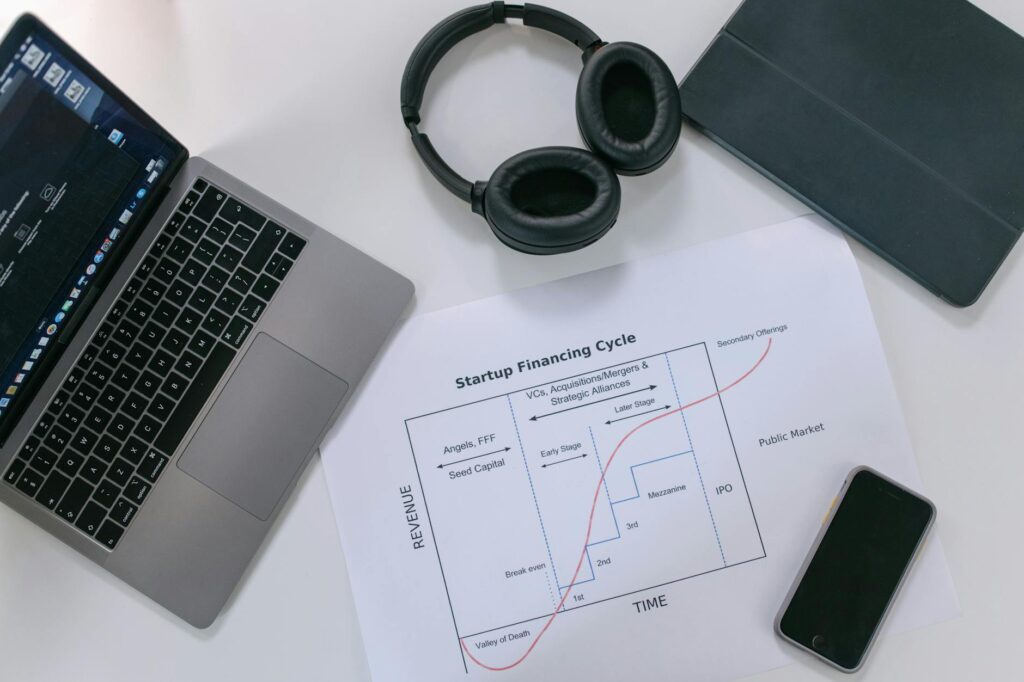What is effective communication tools?

What is effective communication tools?
Effective communication is crucial in both personal and professional contexts. It helps us share ideas, resolve conflicts, and build relationships. But what are effective communication tools, and how do they enhance our productivity and relationships? In this article, I’ll explore different types of communication tools, their key features, benefits, and challenges. You’ll discover how the right tools can make a significant difference in how we connect with others.
Types of Effective Communication Tools
When we think about communication tools, they come in various forms that cater to different needs. Let’s break these down into three main categories: digital communication tools, project management tools, and collaboration platforms.
Digital Communication Tools
Digital communication tools are the backbone of modern communication. They include email, instant messaging apps, and video conferencing services.
-
Email: This is the classic communication tool for professional settings. It allows people to send detailed messages and attachments quickly. However, managing email can become overwhelming without good organizational skills.
-
Instant Messaging Apps: Tools like Slack and Microsoft Teams enable quick, informal conversations. They help reduce email clutter and support real-time discussions.
-
Video Conferencing Services: Platforms like Zoom and Google Meet facilitate face-to-face interactions when in-person meetings aren’t feasible. They’re essential for remote teams, allowing for visual engagement that enhances understanding.
Project Management Tools
Project management tools help teams track progress, collaborate on tasks, and ensure deadlines are met.
-
Asana: This tool allows teams to create projects, assign tasks, and monitor progress. Its visual layout helps keep everyone on the same page.
-
Trello: Using boards and cards, Trello makes it easy to manage tasks and workflows visually. It’s versatile and can adapt to various project types.
-
Monday.com: This platform offers customizable workflows that suit different team needs, combining task management with communication features.
Collaboration Platforms
Collaboration platforms are designed to enhance teamwork and document sharing.
-
Google Workspace: With tools like Google Docs and Sheets, teams can edit documents in real-time and provide feedback instantly.
-
Microsoft Teams: This tool integrates chat, video meetings, and file sharing, creating a centralized hub for team collaboration.

Photo by Ivan Samkov
Key Features of Effective Communication Tools
Not all communication tools are created equal. To be effective, these tools should have specific features that enhance usability and functionality.
User-friendliness
An intuitive interface can significantly enhance user experience. If a tool is complicated, it can lead to frustration and hinder adoption. Strive for tools that are easy to navigate, making it simple for everyone to get on board.
Integration Capabilities
In today’s interconnected world, integration with other apps and systems is vital. This feature allows seamless data sharing and workflow automation, reducing manual tasks. Tools that can connect with other essential platforms save time and effort.
Security and Privacy
In professional settings, protecting sensitive information is crucial. Effective communication tools should prioritize security, ensuring that data is encrypted and user privacy is maintained. This helps build trust within teams and with clients.
Benefits of Using Effective Communication Tools
Utilizing the right communication tools offers several advantages in various environments.
Enhanced Productivity
Effective communication tools streamline workflows and reduce time wastage. For example, instant messaging allows for quick updates without the need for lengthy emails. This leads to faster decision-making and a more agile work environment.
Improved Team Collaboration
These tools foster a collaborative culture by enabling team members to share ideas and feedback easily. When everyone has access to the same information, it encourages teamwork and innovation.
Better Relationships
Strong communication builds trust and rapport. Whether in personal or professional settings, using effective communication tools can help you connect better with others. This ultimately leads to stronger relationships and a more positive environment.
Challenges and Considerations
While communication tools bring many benefits, there are challenges to consider.
Over-communication
With so many tools available, there’s a risk of information overload. It can be overwhelming to receive messages from multiple platforms, leading to communication fatigue. It’s essential to find a balance and use the right tools without overwhelming everyone.
Choosing the Right Tool
Not every tool will fit every individual or organization. When selecting communication tools, consider your specific needs, team size, and work style. Take time to evaluate options and choose those that enhance collaboration and productivity.
Conclusion: Embracing Effective Communication Tools
In today’s fast-paced world, effective communication tools play a vital role in enhancing productivity and relationships. From digital communication to project management and collaboration platforms, the options are abundant. By understanding the types of tools available, their key features, and the benefits they offer, you can make informed decisions that elevate your communication game. Embrace these tools and watch your personal and professional relationships flourish!
For more insights on effective communication tools, you might find this guide helpful.